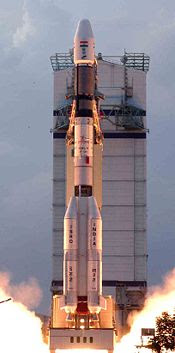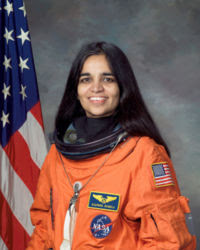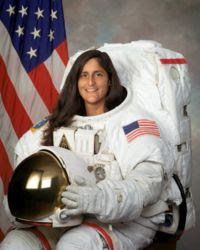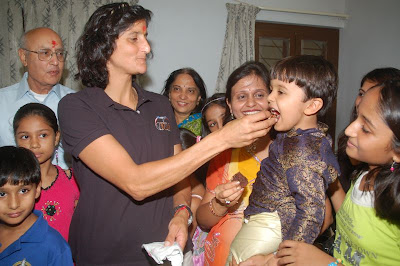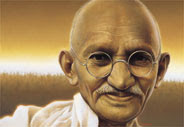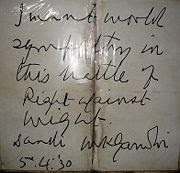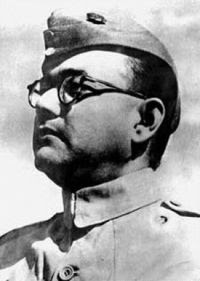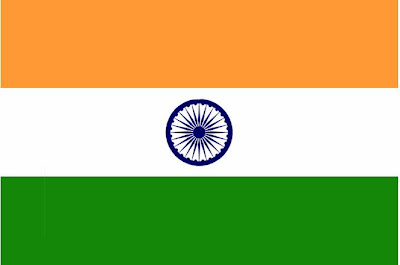Shri Rabindran
 ath Tagore(7 May 1861 – 7 August 1941)
ath Tagore(7 May 1861 – 7 August 1941)also known by the sobriquet Gurudev,was a Bengali poet, Brahmo Samaj philosopher, visual artist, playwright, novelist, and composer whose works reshaped Bengali literature and music in the late 19th and early 20th centuries. He became Asia's first Nobel laureate when he won the 1913 Nobel Prize in Literature.
Famous BOOKS by him :
Fiction/Novel Category
Home and the World, The (A novel)
Nobel Prize Winners in Literature And Their Works Category
Home and the World, The (A novel)
Play Category
Chitra, a Play in One Act (A lyrical drama)
Poem Category
Stray Birds
Short Story Category
"We Crown Thee King", Babus Of NayanJore, The Cabuliwallah [The Fruitseller from Cabul] Devotee, The Home-coming, The Hungry Stones, The Kingdom Of Cards, The Living Or Dead?My Lord, The Baby Once There Was A King Renunciation, The Victory, TheVision
Tagore's best-known collection, winning him his Nobel Prize was this song from GITANJALI:
Amar e gan chheŗechhe tar shôkol ôlongkar
Tomar kachhe rakhe ni ar shajer ôhongkar
Ôlongkar je majhe pôŗe milônete aŗal kôre,
Tomar kôtha đhake je tar mukhôro jhôngkar.
Tomar kachhe khaţe na mor kobir gôrbo kôra,
Môhakobi, tomar paee dite chai je dhôra.
Jibon loe jôton kori jodi shôrol bãshi goŗi,
Apon shure dibe bhori sôkol chhidro tar. .
Shri R.K.Narayan(October 10, 1906 - May 13, 2001)
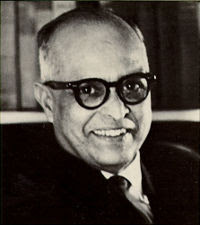
Born in Chennai,India is among the best known and most widely read Indian novelists writing in English.
AWARDS & RECOGNITIONS:He was honoured with the Padma Bhushan, a coveted Indian award, for distinguished service to literature in 1964. In 1980, R. K. Narayan was awarded the AC Benson Medal by the Royal Society of Literature. He was an honorary member of the society. He was elected an honorary member of the American Academy and Institute of Arts and Letters in 1982 and nominated to the Rajya Sabha — the upper house of the Parliament of India — in 1989. In addition, the University of Mysore, Delhi University and the University of Leeds conferred honorary doctorates on him. He was awarded Padma Vibhushan in 2000.
FAMOUS BOOKS by him :
Short stories :Dodu and Other Stories (1943)*
Cyclone and Other Stories (1945)*
An Astrologer's Day and Other Short Stories (1947)
Lawley Road and Other Stories (1956)*
A Horse and Two Goats (1970)
Malgudi Days (1982)
Under the Banyan Tree and Other Stories (1985)
The Grandmother's Tale and Selected Stories (1993)
The Watchman
Fruition at Forty
Novels:
Swami and Friends (1935)
The Bachelor of Arts (1937)
The Dark Room (1938)
The English Teacher (1945)
Mr. Sampath - The Printer of Malgudi (1949)
The Financial Expert (1952)
Waiting for the Mahatma (1955)
The Guide (1958)
The Man-Eater of Malgudi (1961)
The Vendor of Sweets (1967)
The Painter of Signs (1976)
A Tiger for Malgudi (1983)
Talkative Man (1986)
The World of Nagaraj (1990)
A Grandmother's Tale (1994
Vikram Seth
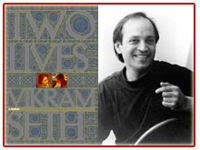
born on June 20, 1952 in Kolkata,West Bengal is an Indian poet, novelist, travel writer, librettist, children's writer, biographer and memoirist.
AWARDS :
1983 Thomas Cook Travel Book Award From Heaven Lake: Travels Through Sinkiang and Tibet
1985 Commonwealth Poetry Prize (Asia) The Humble Administrator's Garden
1993 Irish Times International Fiction Prize (shortlist) A Suitable Boy
1994 Commonwealth Writers Prize (Overall Winner, Best Book) A Suitable Boy
1994 WH Smith Literary Award A Suitable Boy
2001 EMMA (BT Ethnic and Multicultural Media Award) for Best Book/Novel An Equal Music
2005 Pravasi Bharatiya Samman
2007 Padma Shri award.Famous BOOKS by him :
Novels
The Golden Gate (1986)
A Suitable Boy, (1993)
An Equal Music, (1999)
Poetry
Mappings (1980)
The Humble Administrator's Garden (1985)
All You Who Sleep Tonight (1990)
Beastly Tales (1991)
Three Chinese Poets (1992)
Children's bookBeastly Tales (1991)
Libretto
Arion and the Dolphin (1994) for the English National Opera
Non-fiction
From Heaven Lake, (1983)
Two Lives, (2005)
Arundhati Roy
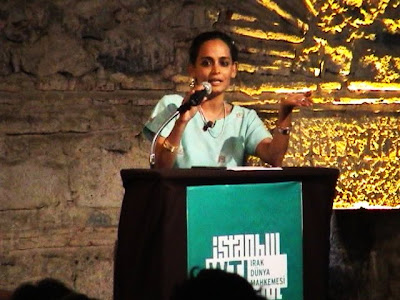
born on November 24,1964 in Shillong,Meghalaya is an Indian novelist, writer and activist. She won the Booker Prize in 1997 for her first novel, The God of Small Things and in 2002, the Lannan Cultural Freedom Prize.
AWARDS:
Arundhati Roy was awarded the 1997 Booker Prize for her fiction The God of Small Things. The award carried a prize of US$1 million and a citation that noted: 'The book keeps all the promises that it makes.'
In 2002, she won the Lannan Foundation's Cultural Freedom Award for her work "about civil societies that are adversely affected by the world’s most powerful governments and corporations" and "to celebrate her life and her ongoing work in the struggle for freedom, justice and cultural diversity."
Roy was awarded the Sydney Peace Prize in May 2004 for her work in social campaigns and her advocacy of non-violence.
In January 2006 she was awarded the Sahitya Akademi award for her collection of essays on contemporary issues, The Algebra of Infinite Justice, but she declined to accept it.
Famous BOOKS by her :
Roy, Arundhati; (1997). The God of Small Things. Flamingo.
Roy, Arundhati; (1999). The Cost of Living. Flamingo. now included in the book The Algebra of Infinite Justice
Roy, Arundhati; (2002). The Algebra of Infinite Justice. Flamingo. (a collection of essays: The End of Imagination, The Greater Common Good, Power Politics [also a book], The Ladies Have Feelings, So..., The Algebra of Infinite Justice, War is Peace, Democracy, War Talk [also a book] and Come September.)Roy, Arundhati; (2002). Power Politics. South End Press.
Roy, Arundhati; (2003). War Talk. South End Press.
Roy, Arundhati; (2004). An Ordinary Person's Guide To Empire, Consortium Book Sales and Dist, September 15, 2004, hardcover; trade paperback, Consortium, September 15, 2004,
Roy, Arundhati; (2004). Public Power in the Age of Empire. Seven Stories Press..
Roy, Arundhati; (2004). The Checkbook and the Cruise Missile: Conversations with Arundhati Roy. South End Press.


